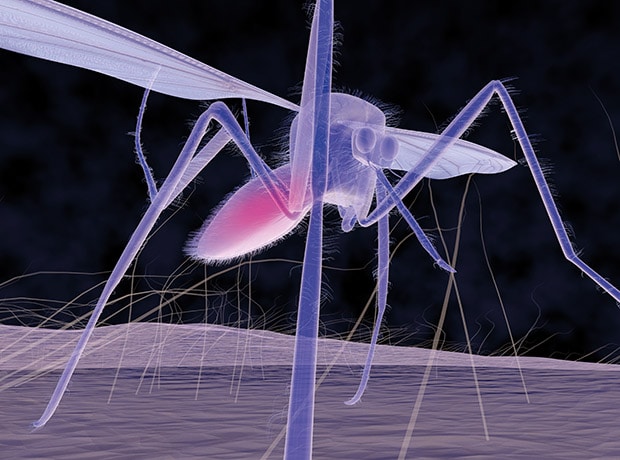What is your background and current role?
I have been working for over 30 years on epidemiologic research relating to pregnancy, congenital anomalies or health effects of environmental exposures. For 15 years, until recently, I was project leader of EUROCAT – European Surveillance of Congenital Anomalies and director of the associated WHO Collaborating Centre for Surveillance of Congenital Anomalies.
What does your day-to-day work involve?
We have a small team (academics and research students) working together at Ulster University collaborating with a much wider network of multidisciplinary researchers, public health professionals and clinicians across Europe, and now also beyond Europe, in Latin America and Africa. We manage and analyse databases of European data and access secure data linkage centres.
What do you think are the wider challenges and issues for research into congenital anomalies?
One challenge is to increase the will of policymakers and funders to tackle the problem of preventing congenital anomalies, by implementing what we already know effectively, and researching what we do not know. We can think of it as a series of Olympic medals – for every £4 million we invest, we can be confident in achieving a public health medal.
Another challenge is that prevention must start before pregnancy, as early pregnancy is very important for the development of the embryo and foetus. For example, we know, as research established 25 years ago, that the majority of neural tube defects like spina bifida can be prevented by taking folic acid supplements starting before pregnancy, but since many women start only after they know they are pregnant or have seen a health professional, this is too late.
Therefore, our surveillance data shows that the prevalence of neural tube defects has not decreased in Europe. The other option of fortifying staple foods, shown to work elsewhere in the world, is a good example of political inaction. There are signs that, more than 50 years after the thalidomide tragedy since which pharmacovigilance for medication safety in pregnancy has developed very little, there is now renewed awareness that we need to invest in this, so that women who need medication can base medication choices on good evidence. Pregnant women are not included in clinical trials, so we have an acute responsibility to provide rapid and effective post-marketing surveillance. I believe that industry should contribute to a central funding pot at European level which is independently administered to provide effective pharmacovigilance for pregnancy.
What are the biggest opportunities?
Nowadays, the increasing availability of electronic healthcare data is presenting both opportunities and challenges. The opportunities are in the availability of such data for large populations, the possibilities of linkage between different data sources, and the development of secure data centres where researchers can access data without a risk to confidentiality. The challenges are in the often poor data quality for research purposes. The EUROmediCAT network, an offshoot of EUROCAT, which was funded by EU Framework 7, has been working on these issues in relation to pharmacovigilance.
What sparked your interest in the Zika epidemic?
In the 1990s, as part of my work with EUROCAT, we found a cluster of cases of microcephaly in one European region, which turned out to be due to a different definition of microcephaly (small head size) being used in one of the hospitals. When investigating that, I also analysed data from the US National Collaborative Perinatal Project about the developmental outcome measured as IQ at age seven of children with small head circumferences at birth, finding that there was not a strong relationship except for the smallest head sizes (more than 3 standard deviations below the mean).
When the Zika epidemic was reported to be linked to microcephaly, I was therefore very interested, as Zika poses some very particular problems for congenital anomaly surveillance. Microcephaly is not a well defined condition and therefore population data about the frequency of microcephaly tends to vary. After the initial concern about an excess of microcephaly after a Zika epidemic was reported in Brazil, reporting of microcephaly increased, and it became difficult to distinguish the real from the artifactual increase in frequency, in order to estimate the level of risk to pregnant women. Another problem is that the majority of Zika infections are not symptomatic, which makes establishing infection in pregnancy more difficult. I am working on these problems now with colleagues in Latin America.
What do you hope the Zika projects you are working on will achieve?
While Zika is getting a lot of attention now, it is by no means the only concern relating to congenital anomaly prevention. So I hope that working on the Zika projects will not only provide more accurate information about the risks of Zika infection for pregnant women, but also lead to improved congenital anomaly surveillance and awareness of congenital anomaly prevention, and lead to more research on infection in pregnancy, and the role of other infections, and their treatment, on foetal development.
What are your goals for the future?
One is better communication, which is a complicated subject.
What advice would you give to people working in this industry?
Transparency is all important.
What are your passions outside of work?
Most important to me are my family, including my two children, both now at university.






